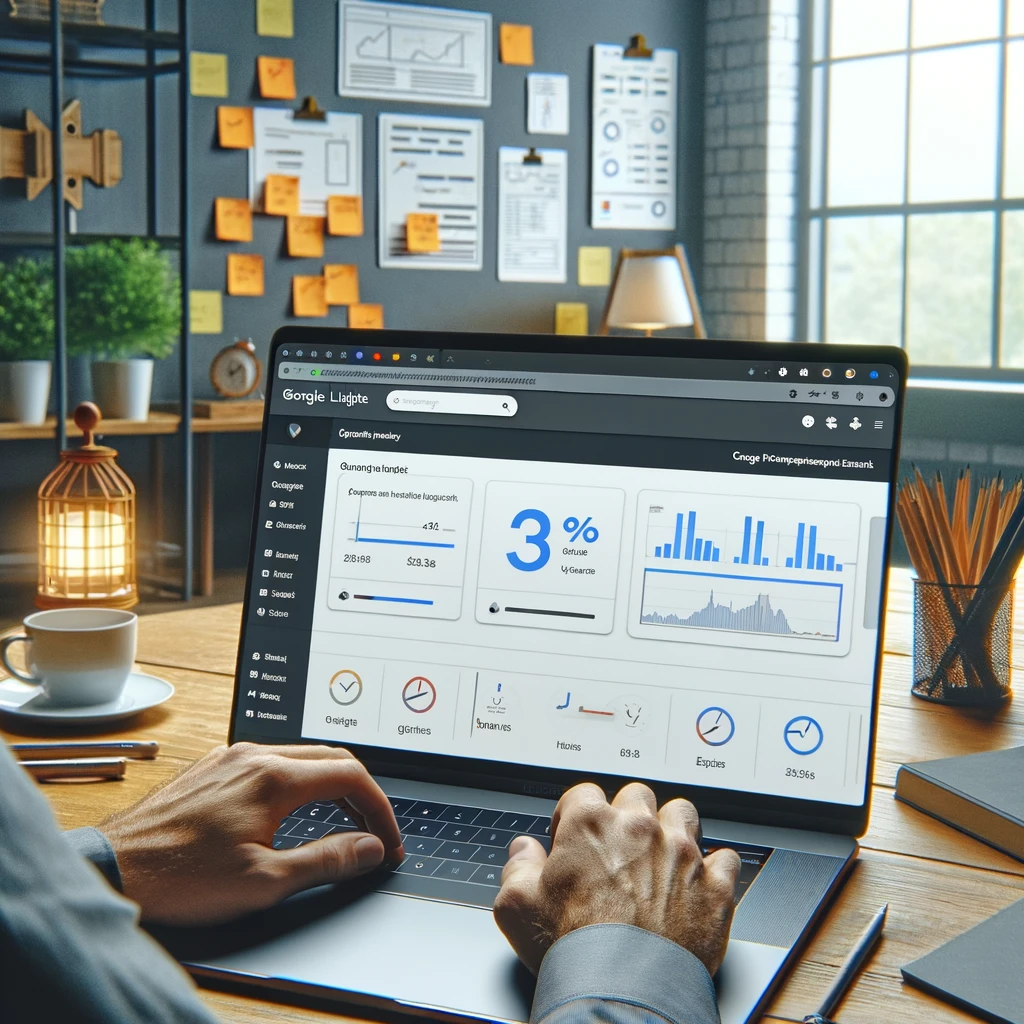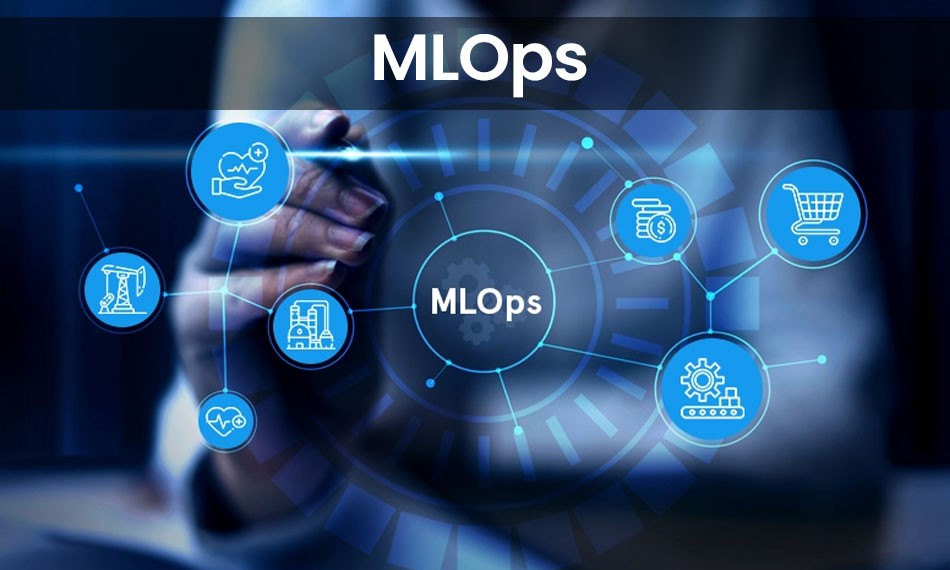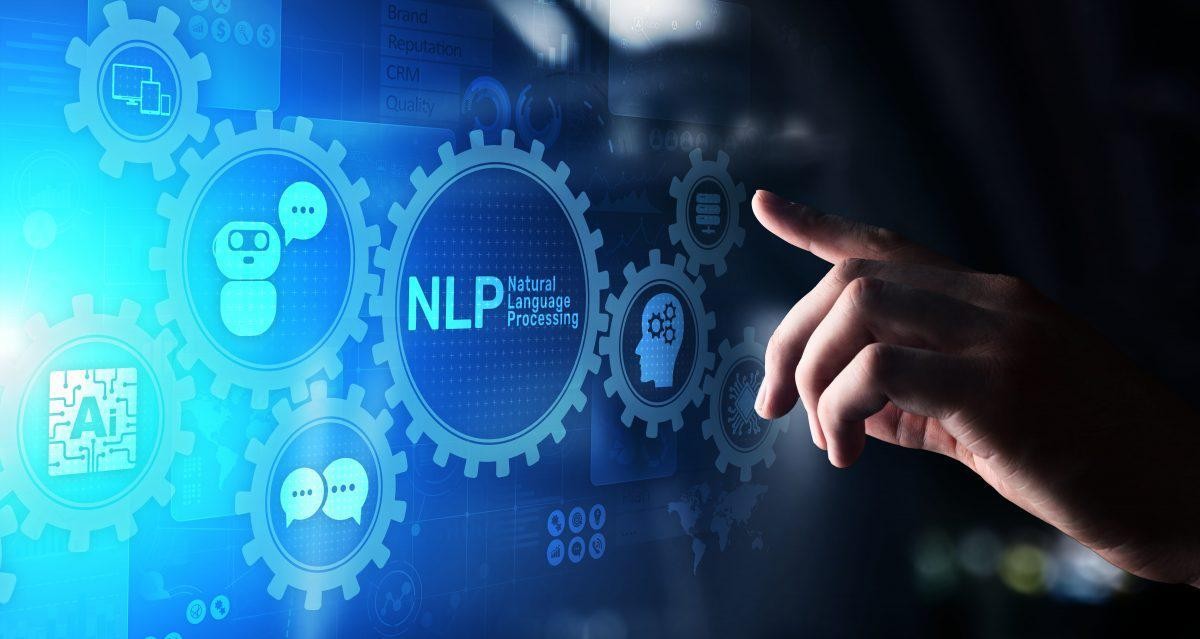
A New Idea and Existing Challenges 2/4
After setting aside ideas related to healthcare and psychology, I turned to my next idea: a sound recognition model using humming. But after a quick internet search, I realized Google had already developed a very advanced model for this, making another model unnecessary.
Following this experience, I decided to focus on the challenges in web development. After deploying this very blog and analyzing it with Google’s Lighthouse extension, I faced numerous problems and incompatibilities with Google’s latest algorithms that I needed to fix to achieve a better SEO score. Like many developers, the first thing that came to mind was an AI model for people unfamiliar with coding or those who don’t have time to delve deep into their code to fix SEO issues.
Google categorizes its analyses into five categories: Performance, Accessibility, Best Practices, SEO, and PWA. The main category I want to work on is Performance, which is divided into five factors:
- CLS (Cumulative Layout Shift): Checks for sudden layout shifts.
- LCP (Largest Contentful Paint): The load time of the largest file on the page.
- INP (Interaction to Next Paint): How the page responds to user interaction.
- TBT (Total Blocking Time): Total block time.
- FCP (First Contentful Paint): The first paint of the page that the user sees during loading time.
The general idea is to use AI to fix the problems Lighthouse discovers. For example, you can minify your CSS file and remove unused styles to reduce FCP time, set static width and height for images to avoid unplanned layout shifts (CLS), and use setTimeout and callbacks to ensure your events run smoothly (INP).
The main challenge here is determining which of these issues can be solved by AI. To answer this, we need to step back and understand how AI works, what tools we have, and what the requirements are.



